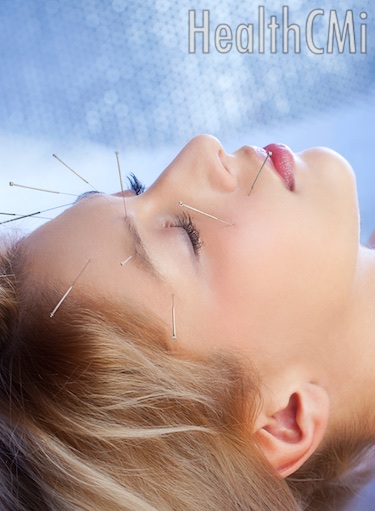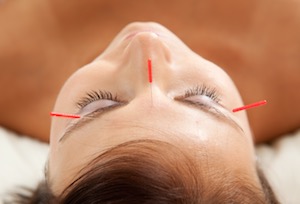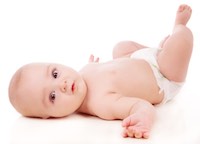
Acupuncture Treatment at The Pacific Wellness Institute, Toronto
- Qualifications: Acupuncture is regulated in the province of Ontario. If you are considering acupuncture in Toronto, it is essential that you seek a Registered Acupuncturist (R.Ac), in order to ensure that the practitioner has sufficient experience and training background in acupuncture. Our acupuncturists at the Pacific Wellness Institute are trained and licensed in Japan, and are Registered Acupuncturists in Ontario.
- Experience: Our acupuncturists have over 30 years of clinical experience
- Gentle techniques: Japanese acupuncture treatment techniques used here are not only highly effective but also distinctively gentle and painless.
- Conditions: Because our procedure is virtually non-invasive, the treatment can be applied safely and effectively for a wide range of health conditions.
- Research: Our acupuncturists are always trying to keep up-to-date with new research information that is meaningful to improving health of our clients. Our acupuncturist has been actively involved in many cutting-edge research projects on acupuncture and related modalities with Japanese, American, and Canadian universities.
- Clean Needle and Strict Hygiene Policy: Our acupuncturists follow strict hygienic and clean needle procedures. Always use fresh clean sheets and use only the highest quality disposable acupuncture needles.
- Therapy room: Acupuncture Treatment is provided in a clean, comfortable acupuncture therapy room.
What is Acupuncture?
Acupuncture is a safe and effective natural therapy that is used to heal illness, prevent disease and improve well-being. Tiny, hair-thin needles are inserted into specific points in the body, where they are gently stimulated to trigger the body’s natural healing response. Acupuncture is effective for controlling pain and can regulate the body’s physiological functions to treat various internal dysfunction and disorders.
How Does Acupuncture Work?
Acupuncture was developed on the understanding that there are twelve main channels, or “regular meridians” running vertically across and throughout the human body connecting the internal organs. It is a tenet of acupuncture that Qi flows along these meridian lines. Qi is somewhat equivalent to the western idea of vitality or life-force.
The operating philosophy of traditional acupuncture is that disease is caused by interrupted energy flow at specific points on the body’s surface. Acupuncture thus involves the insertion of a needle(s) at the affected point(s) in order to stimulate Qi flow and harmonize energy flow in the body. How does traditional acupuncture translate into our modern medical understanding?
What conditions can be treated by acupuncture?
Our acupuncturists at The Pacific Wellness Institute have experience treating a wide variety of health conditions and illnesses such as:
- TMJ pain
- Gynecological problems
- Pregnancy related symptoms
- and many other physical and emotional ailments.Please see our Health Concerns and Solutions page for more information or feel free to contact us.
Style of Acupuncture System

Acupuncture has developed in the past few thousand years, through a rich tradition of trial and error, into an ’empirical’ medicine. In the United States and Canada, many different styles of acupuncture have been introduced such as Traditional Chinese Medicine (TCM) acupuncture, Japanese acupuncture, electroacupuncture, auricular acupuncture, trigger point acupuncture, Korean hand acupuncture, etc. Despite such diversity, acupuncture is often discussed in general form. Physiological response from acupuncture varies greatly based on various factors, not only on practitioner’s skills but also on style of acupuncture.
What is Moxibustion?

Moxibustion is a form of heat treatment that stimulates specific acupuncture points of the body. The term is derived from the Japanese “mogusa” meaning herb (mugwort) and the Latin “bustion” meaning burning. Moxibustion has been an integral part of the original concepts of acupuncture. It has been used in tandem with acupuncture to treat a variety of diseases throughout Asia for thousands of years.
Acupuncture Treatment Programs

Did You Know?
How many acupuncture needles can fit inside the opening at the tip of an 18-gauge hypodermic needle?

Even patients who have had a previous experience with acupuncture before coming to Pacific Wellness are pleasantly surprised at how much more comfortable and painless our acupuncture treatments are. The main reasons why our acupuncture treatments are so painless are the quality and size of the Japanese disposable needles that we use and our specialized insertion and highly skilled, gentle stimulation methods.Our goal is to deliver the most effective treatment for a patient’s condition while providing the most comfortable treatment experience.
Please see our Acupuncture FAQ page to learn more about Acupuncture system used at The Pacific Wellness Institute.
If you have any questions, you are welcome to contact us by phone: 416-929-6958
New Patient InformationPlease call us: 416-929-6958 or follow this procedure. |
About Our Acupuncturists
Our acupuncturists are licensed by the College of Traditional Chinese Medicine Practitioners and Acupuncturists of Ontario (the governing body established by the government of Ontario, under the Regulated Health Profession Act, 1991 and the Traditional Chinese Medicine Act, 2006). The law in Ontario requires that every practitioner must be a registered member of the College (CTCMPAO).
Co-Authored by T.H. Tanaka, Ph.D.
Director of The Pacific Wellness Institute.
“Your health concerns will be addressed in the most effective and timely manner possible. The acupuncture treatment system I have developed is designed to relieve your symptoms and improve your overall health simultaneously, which encompasses the knowledge and skills that I have acquired through my extensive research and clinical experience in acupuncture and alternative medicine.”
Original article and pictures take www.pacificwellness.ca site



